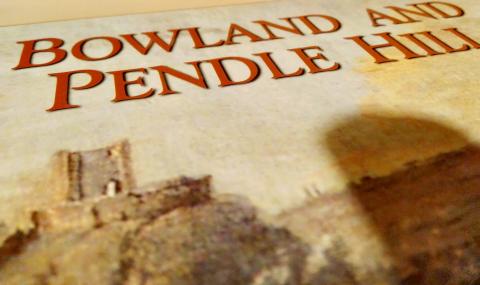Martin Top Methodist

I like books on the local area and found online a cheap copy of WR Mitchell’s 2004 Bowland and Pendle Hill. As well as describing the many interesting and quaint landmarks of our woods’ neck, Mitchell has a section called Heart and Soul, wherein he describes our religious heritage. Will he mention Martin Top, I wondered, as I gave the tome its cursory flick-through. Yes indeed. This is what he writes
Not far from Rimington is the old Methodist chapel of Martin Top. Among the original band of Methodist was Benjamin Ingham
Well, Ingham never attended our chapel, which I guess is only inferred rather than stated; the comment on our being Methodist, however, is definitely incorrect. Now if you are reading this and have little knowledge of the various denominations, the different protestant branches are all much of a muchness, and the details offer little trouble. It’s a small mistake made by a busy author who wrote an otherwise excellent book. So what are the differences?
In the mid-eighteenth century, methodism referred to all evangelicals, and was applied indiscriminately. So people like William Wilberforce bore such a description, even though he was a thoroughly loyal Anglican. In that regard, we are methodist, as we have much in common with the Wesleys’ and Whitefield’s original passion and vigour for the gospel. Like Methodists, our worship is plain and our focus on preaching, with some good doses of lusty hymn-singing thrown into the mix. However, the similarities soon stop.
Methodism today is a largely liberal denomination when it comes to theology and biblical interpretation. We at Salem believe in the same gospel as Methodism’s founders, which their modern step-children have long since abandoned with all the embarrassment of a dotty aunt.
Secondly, we are independent, where as Methodism is connexional. The latter means that the central denomination owns the property and directs and instructs the churches under its umbrella. In the eighteenth and nineteenth centuries, this worked well. In the twenty-first, it results in noxious false teaching and compromise spreading from the middle into the furthest branches. As an independent church, we are not immune from falsehood, but it cannot be imposed on us from above and without.
A hundred and fifty years ago, I’d have been proud to be called a Methodist. The movement’s enthusiasm, missionary zeal and faithfulness were examples to all others. Now the denomination preaches a worldlier gospel of doubt and denial. Although some good churches remain and many fine Christians meet in Methodist premises, they will increasingly find themselves hamstrung by the lifeless centre. So may we be old fashioned Methodists at Martin Top: holy, zealous and primitive.
- Log in to post comments


 Sunday Worship 10.45am & 6.00pm
Sunday Worship 10.45am & 6.00pm